Why More Office Spaces Are Choosing Polished Concrete Floors
July 2nd, 2025
3 min read
By Tom Dassie

In recent years, many businesses have taken a fresh look at their office space floor plan—not just to improve aesthetics, but to support functionality, reduce maintenance, and enhance employee comfort. One standout trend? The rising popularity of polished concrete floors.
Once seen as a finish reserved for warehouses or industrial sites, polished concrete is now a go-to solution in modern office design. But what’s behind this shift? And is polished concrete the right choice for your office?
This blog will explore the reasons behind the trend, the practical benefits of polished concrete, and what you should consider when thinking about this flooring option.
The Shift Toward Minimalist, Open Design
Office spaces have evolved. Gone are the days of heavy carpets, high partitions, and cluttered layouts. Today’s offices lean into openness, natural light, and clean, functional materials that serve more than one purpose.
Polished concrete floors fit right into this approach. With their smooth, reflective surface and neutral tone, they help create a brighter, more open feel without overwhelming the rest of the design. For architects and designers, concrete acts as a versatile canvas—especially in open office environments where every material needs to do more with less.
When updating an office space floor plan, many businesses look for flooring that contributes to:
- A clean, professional look
- Seamless integration with modern furniture and décor
- Light reflectivity to reduce the need for artificial lighting
- A surface that complements collaborative, open-plan layouts
Polished concrete does all of this—without needing to be replaced every few years like carpet or vinyl.
Durability That Matches Office Demands
One of the most cited reasons offices choose polished concrete is its long-lasting durability. Office floors see daily wear and tear—from rolling chairs and foot traffic to carts, deliveries, and occasional spills.
Unlike soft surfaces that stain or wear down over time, polished concrete resists scuffs, dents, and scratches. And because it’s not a coating or top layer that can peel, there's no risk of delamination or bubbling.
Benefits for Office Environments:
- Scratch resistance from high-traffic areas and office furniture
- Low maintenance—no waxing, buffing, or regular replacement needed
- Cost-effective over time, with fewer repairs or replacements
- Hardwearing in break rooms or lobbies, where moisture or spills are more likely
It’s a one-time investment that pays off in reduced maintenance and a consistently professional appearance.
Easier Maintenance, Lower Downtime
Let’s face it: nobody wants to schedule around disruptive flooring repairs or constant cleaning. Polished concrete floors are one of the lowest-maintenance surfaces available for commercial spaces.
They don’t require waxes, sealants, or harsh chemicals to stay clean. Simple dry mopping and occasional wet cleaning with neutral cleaners are enough to keep them looking their best.
This is especially important in office spaces that include multi-use areas—like lobbies, shared kitchens, conference rooms, or hallways. Having one continuous surface throughout eliminates transitions between materials and simplifies upkeep.
A Sustainable Flooring Choice
Polished concrete also appeals to businesses with sustainability goals. If your office is in a building that already has a concrete subfloor, you’re not adding extra materials—just finishing what’s already there.
Sustainable perks of polished concrete:
- No added waste or removal of existing flooring
- Improved energy efficiency through reflectivity and thermal mass
- Low-VOC or zero-VOC finishes for improved indoor air quality
- Longevity that reduces the need for replacement or landfill waste
Choosing materials that last longer and use fewer resources is a smart move for both the environment and your bottom line.
Tailored to Your Aesthetic
Contrary to what some might expect, polished concrete isn’t just plain gray. It can be customized with dyes, scoring patterns, aggregates, or matte vs. high-gloss finishes. Whether your office design leans modern, industrial, rustic, or clean-cut corporate, polished concrete can match the mood.
This adaptability makes it especially valuable for shared office buildings, creative agencies, and coworking spaces where brand identity and interior appeal matter.
Things to Consider Before Installing
While polished concrete is versatile and durable, it’s not ideal for every space. Before moving forward, you should think about:
- Acoustics: Hard surfaces can amplify sound, so additional sound-absorbing materials may be needed
- Comfort: Standing for long periods on concrete can cause fatigue—anti-fatigue mats or rugs may be helpful
- Condition of your existing slab: Polished concrete relies on a quality base; poor or damaged concrete may require repair or leveling before polishing
Consulting with a flooring professional is the best way to evaluate whether your current subfloor and office usage make polished concrete a good fit.
Final Thoughts: A Practical Choice for Today’s Workspaces
More offices are embracing polished concrete floors not just for how they look, but for how they work—long-term durability, lower maintenance costs, and the ability to enhance open, flexible designs.
If you’re planning an office renovation or designing a new office space floor plan, it’s worth considering polished concrete as more than just a trend. It’s a forward-thinking choice that aligns with modern business needs, from aesthetics to sustainability to functionality.
For more information on your office floors, read our next article, “Options for Your Office Floors”.
Topics:











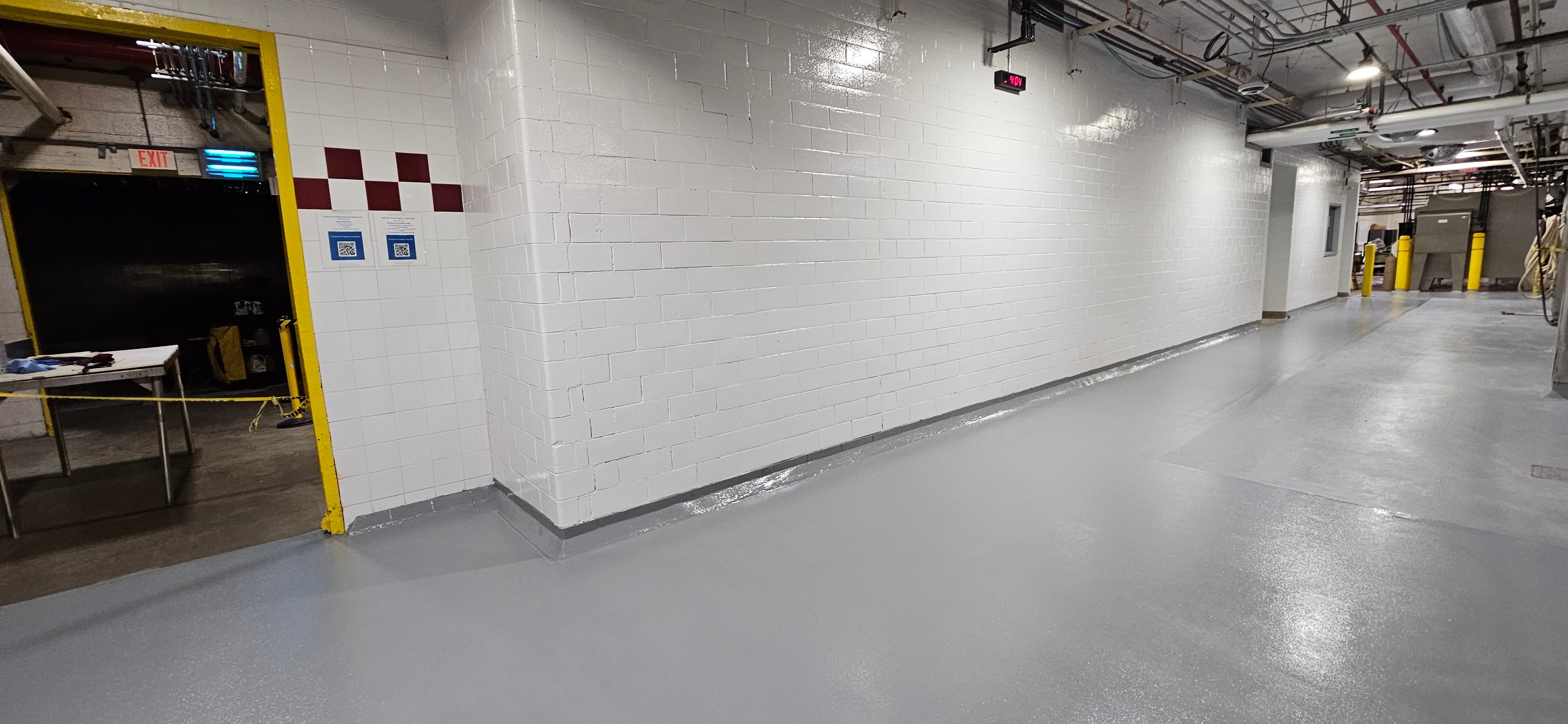









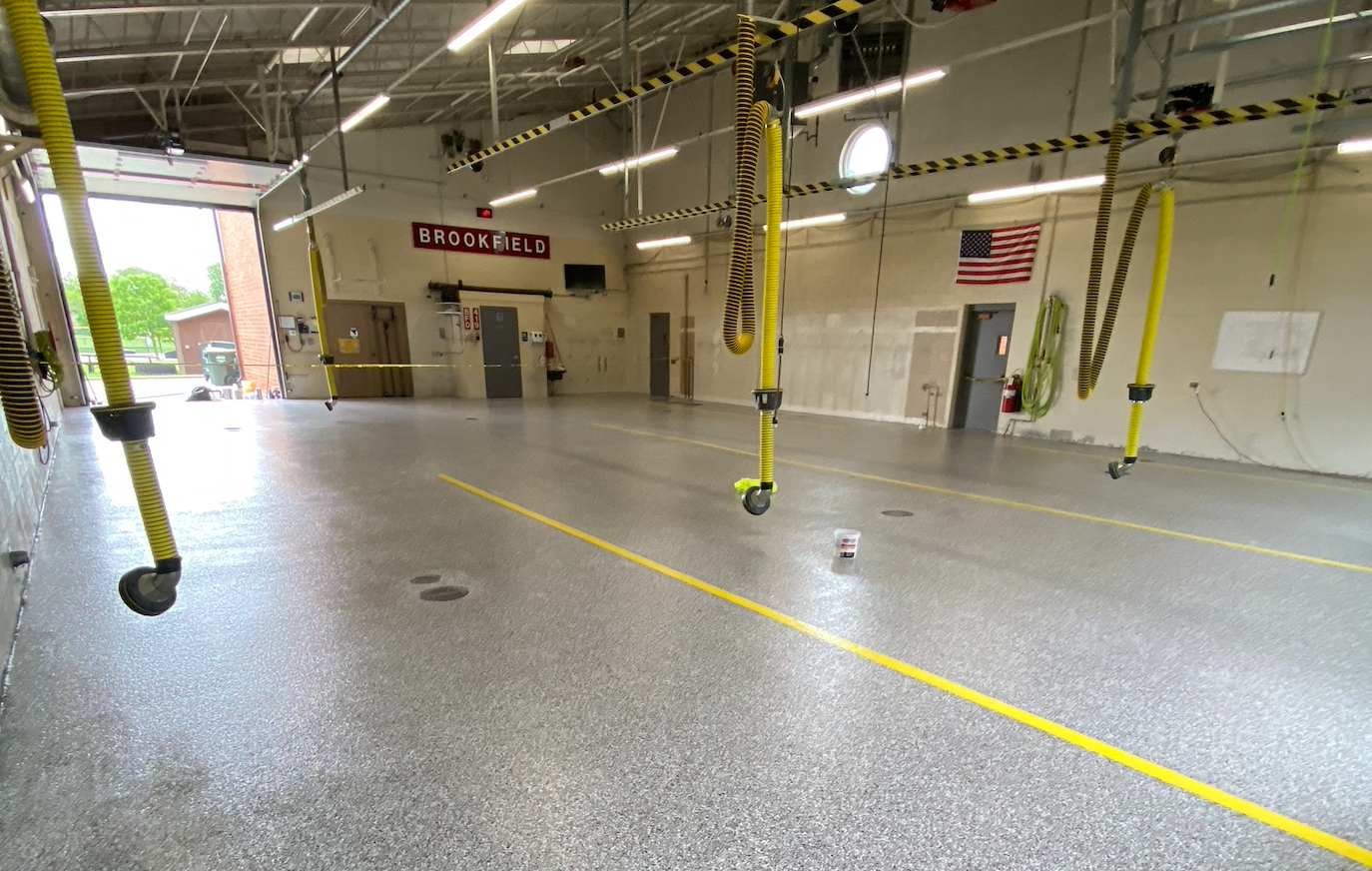
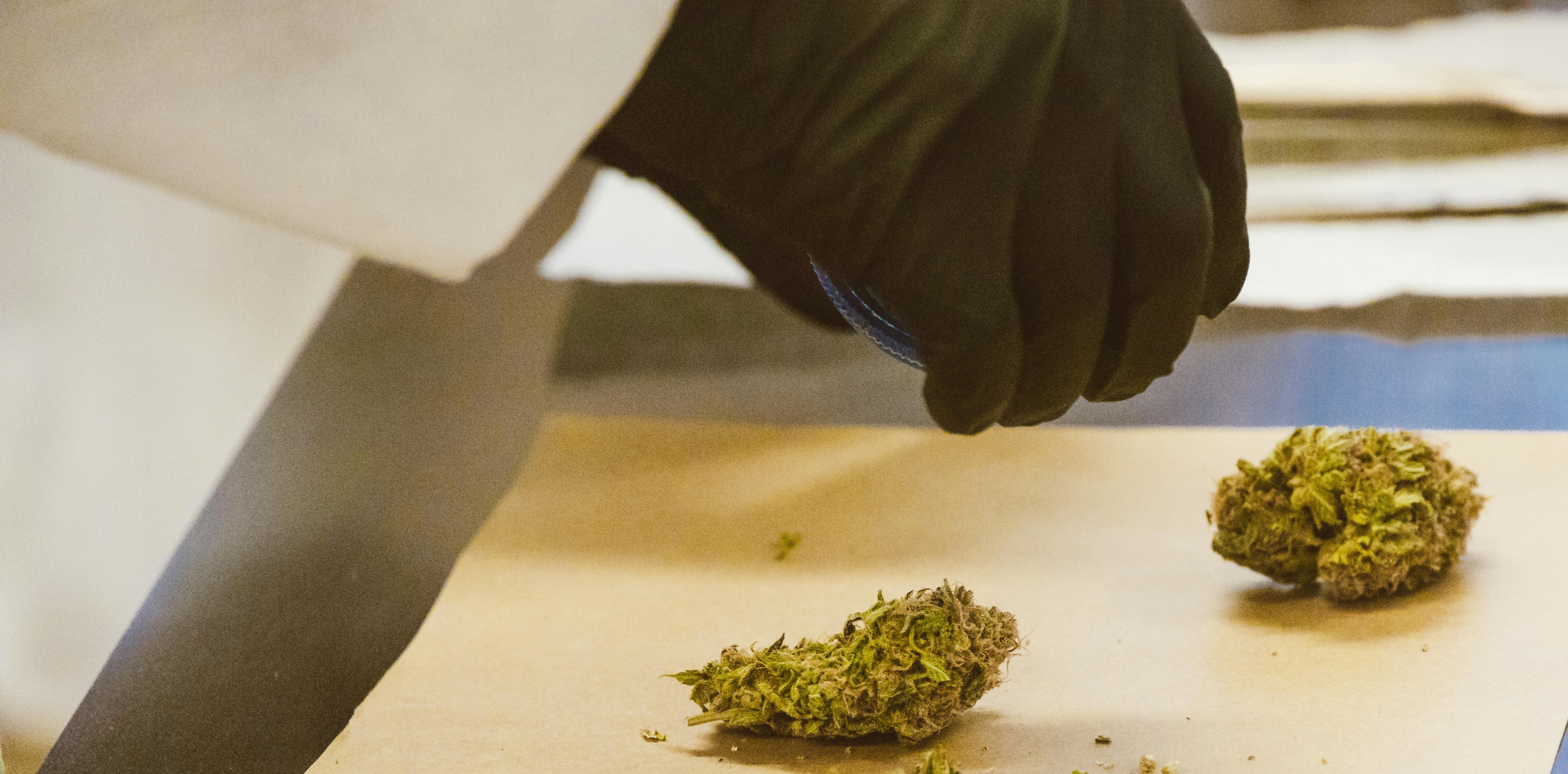
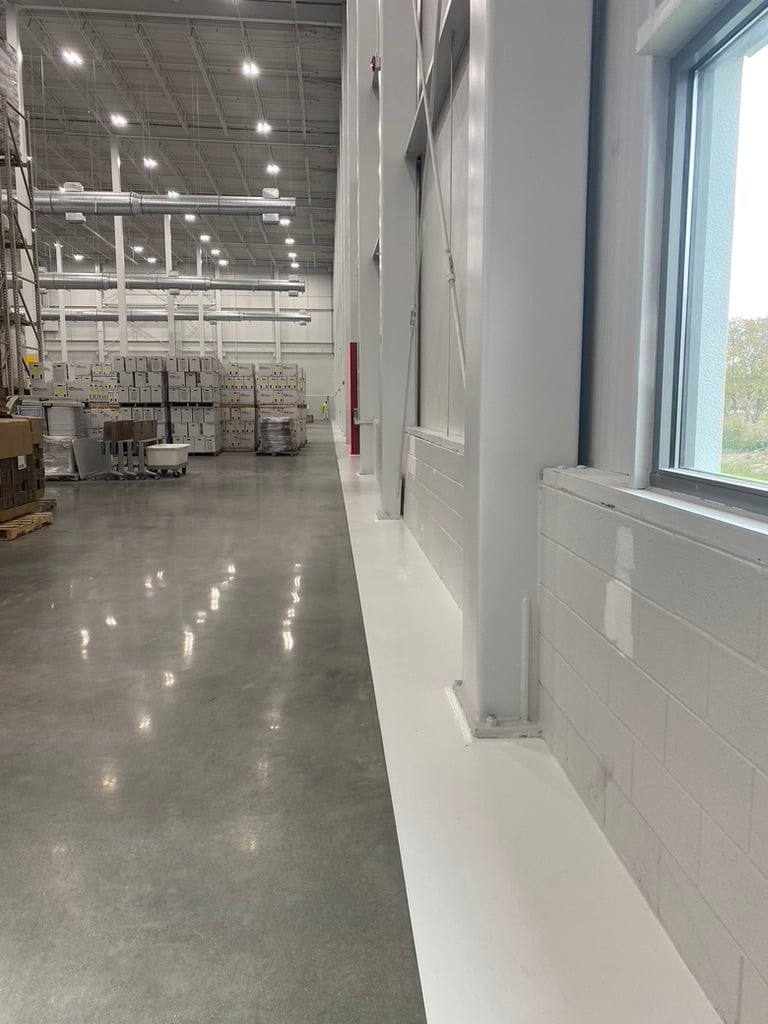
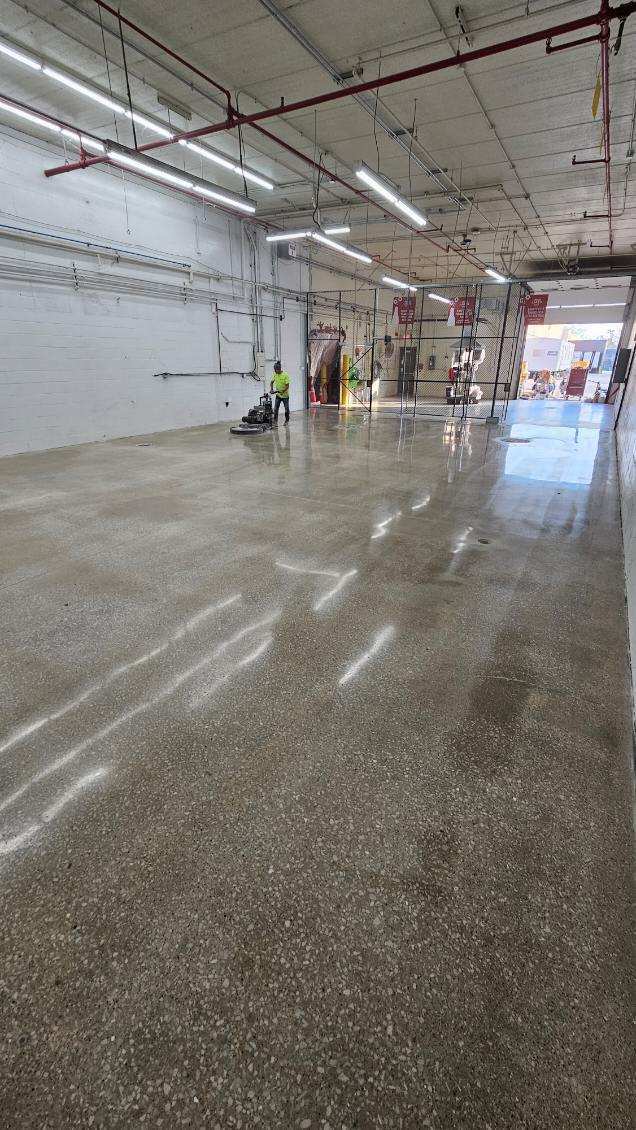
.jpeg?width=360&height=253&name=IMG_0701%20(1).jpeg)